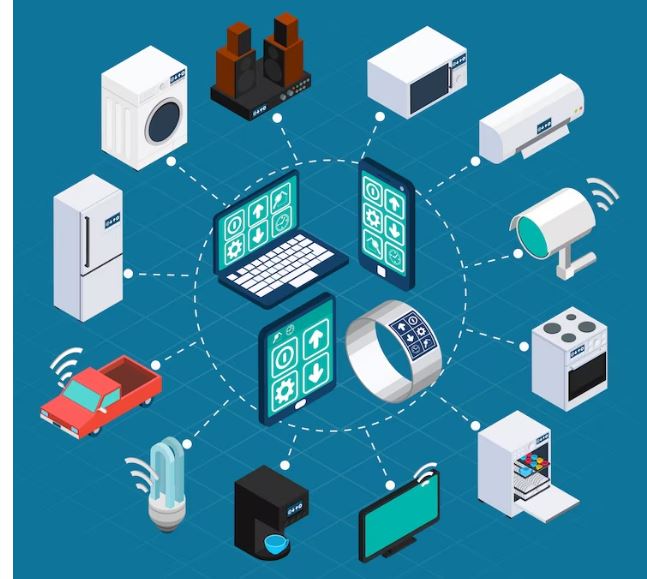has grown from a mere concept in the early 2000s to a daily necessity in our current digital age. With an estimated 10 million devices connected through IoT worldwide, the security of these devices has become a major concern for individuals and businesses.
Let’s discuss the importance of IoT security, its challenges, and how to secure IoT devices and networks effectively.
Understanding IoT Security
IoT security is a subset of IT security or cyber security, focusing on protecting IoT sensors, devices, and networks. The term “IoT” is broad, encompassing various devices and networks.
Therefore, IoT security is equally vast and requires a comprehensive understanding. It involves the tools and infrastructure used to protect IoT devices and the strategies and techniques to safeguard the entire network.
Implementing IoT security in a project requires various strategies, tools, and methodologies, depending on the scale and complexity of the IoT deployment.
The Importance of IoT Security
While cyber security is crucial in all systems with an internet connection, IoT presents unique challenges due to its vastness and potential attack vectors. Three major concerns necessitate a thorough IoT security plan:
Large Attack Surface with Complex Interconnections
IoT installations link numerous hardware and software solutions, presenting a broader attack surface than traditional technologies. The more interconnected these devices and software are, the more opportunities hackers have to exploit these connections. This paradox in IoT security requires a balance between flexibility and security. Any minor flaw in a single device could expose the entire IoT network.
Limited Resources in Devices
Many small IoT devices lack the necessary resources, such as CPU power and storage capacity, for robust security measures. These devices are often designed to be as compact as possible, with security not always a priority. As a result, unconventional and potentially more challenging or costly methods may be required to secure these devices.
Business Risks Mitigated by IoT Security
A comprehensive IoT security policy can help administrators avoid several threats and vulnerabilities:
Data Breaches: Loss of sensitive or regulated information due to a cyberattack can lead to financial and legal consequences, as well as damage to the company’s reputation.
Device Control: Hackers gaining control of IoT devices can degrade the user experience and, in some cases, pose safety risks.
Data Contamination: Incorrect data can lead to faulty conclusions in AI and machine learning systems, resulting in incorrect directives and behaviours.
By mitigating these risks, users can ensure a secure IoT system, reaping many benefits.
conclusion
Securing IoT devices is not just about protecting individual devices but also about safeguarding the entire network. It requires a comprehensive understanding of the IoT landscape, the potential risks, and the most effective strategies and tools for mitigating these risks.
As IoT continues to grow and evolve, so will the importance of IoT security.
The author is he founder of Skill Bud Technologies Pvt Ltd. He is also an author, speak- er and mentor.























